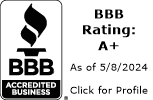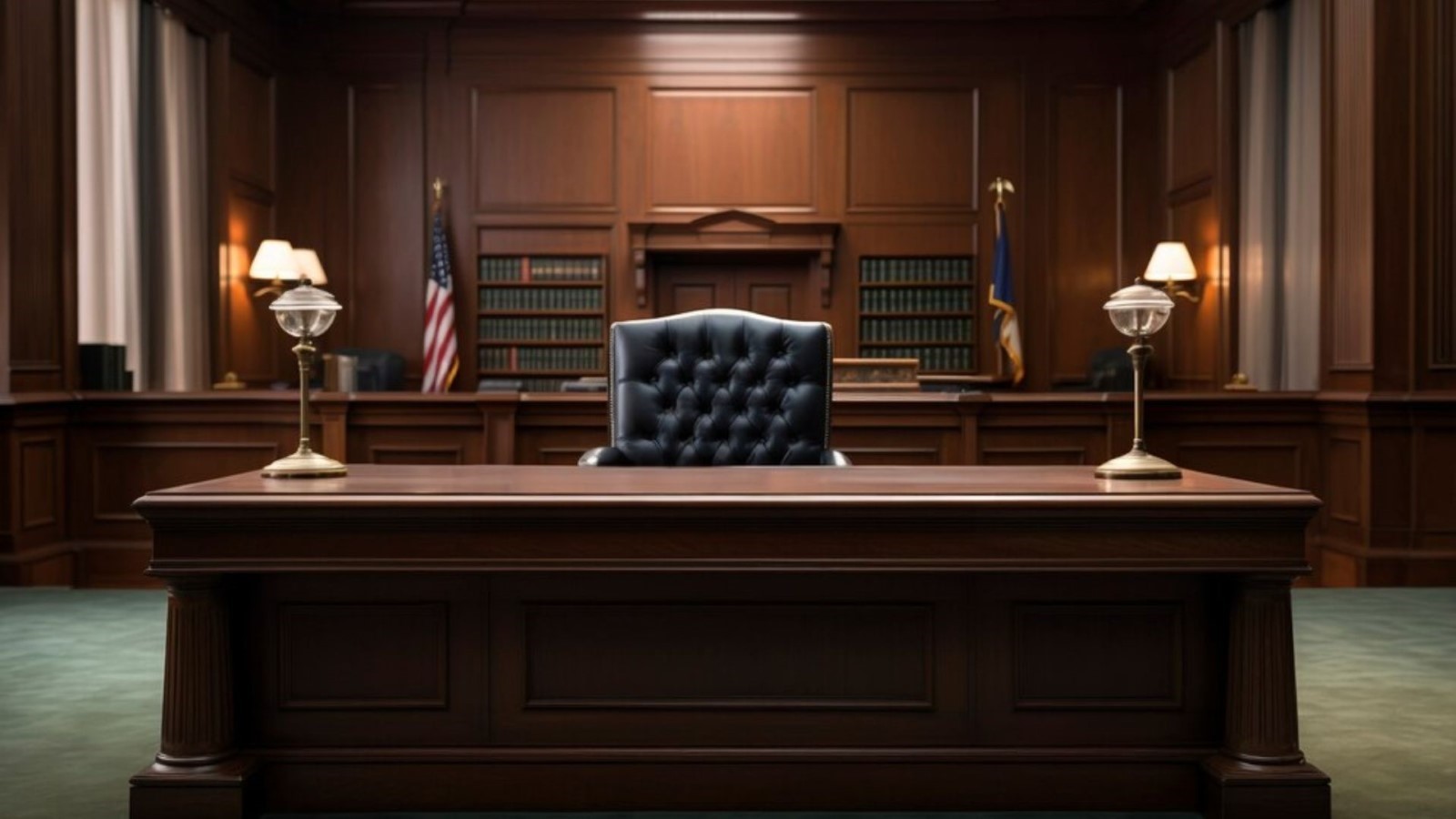The legal admissibility of lie detector test results has been a subject of intense debate for decades.
According to the American Polygraph Association (APA), polygraph tests conducted by qualified examiners in strict adherence to industry standards can achieve a remarkable accuracy score of 90+%. However, the APA’s assertions have been challenged by various scientific and legal experts.
Many critics are quick to reference the 1993 landmark Daubert v. Merrell Dow Pharmaceuticals, Inc. ruling, which defined the legal standards for the admissibility of evidence in court.
The Daubert ruling identified four critical considerations when assessing the reliability of scientific evidence.
They include whether the suggested theory or technique has been (i) tried and tested, (ii) peer-reviewed, (iii) proven or reliably believed to contain lower error rates, and (iv) generally applied in relevant scientific fields.
Evolution of Court Rulings on Polygraph Test Admissibility
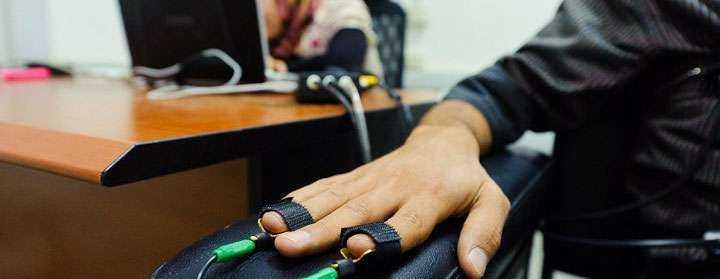
The first recorded use of polygraph tests in legal proceedings was in the Frye v. United States case in 1923.
While the test results were rejected outright, they led to the establishment of the Frye Standard. The Frye Standard argues that expert opinions are legally admissible if the technique used is generally accepted as credible within the relevant scientific community.
Twelve years later, co-inventor of the Keeler polygraph – Leonarde Keeler – administered a lie detector test during the trial of two murder suspects in Wisconsin. This became the first officially documented time that polygraph results were not only admitted in a court of law but also used alongside other evidence to convict a suspect.
Debate on the admissibility of lie detector results raged on for years.
In 1991, President George H. W. Bush promulgated the Military Rule of Evidence 707 (a), which bars the legal admissibility of lie detector results.
However, the rule was declared unconstitutional by the United States Court of Appeals five years later. The appellant court argued that the Military Rule of Evidence abridged the rights of accused military members to present evidence in cases where defendants sought to corroborate their testimonies.
In 1998, the U.S. Supreme Court issued the first direct ruling on the admissibility of polygraph tests in the United States v. Scheffer case. The court overturned the previous high court ruling, declaring the Military Rule of Evidence unconstitutional. This decision, in effect, declared polygraph results legally inadmissible.
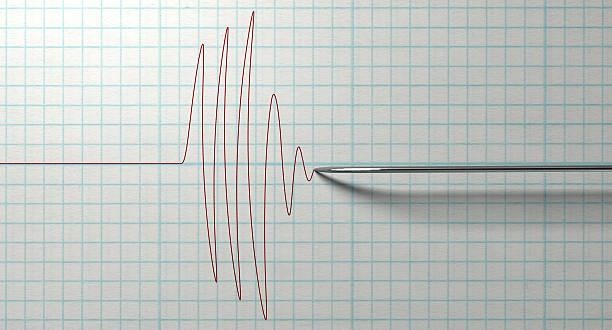
Arguments for Admissibility
During the landmark Daubert v. Merrell Dow Pharmaceuticals ruling in 1993, the Supreme Court held that expert testimony may not be disallowed solely because it relies on theories or techniques yet to achieve mainstream recognition.
Many polygraph advocates have widely interpreted this assertion as a tacit approval of lie detector tests. However, the Supreme Court went ahead and laid three additional grounds for the legal admissibility of evidence, including that the theory/technique must have been scientifically tested, peer-reviewed, and had a low error rate.
While current polygraph techniques do meet the Daubert standard of evidence, the science will not be considered generally acceptable until more evidentiary hearings are held on this issue.
It’s also important to point out that two circuits have retreated from the Supreme Court’s position with the Daubert case. The most noticeable development occurred in the Eleventh Circuit, which held that lie detector tests are admissible if:
(i) the parties’ consent to the tests and
(ii) the results are used purely for impeaching or corroborating other witness testimonies.
The case of disgraced former attorney Alex Murdaugh is one of the most recent high-profile lawsuits where polygraph tests determined the case’s outcome.
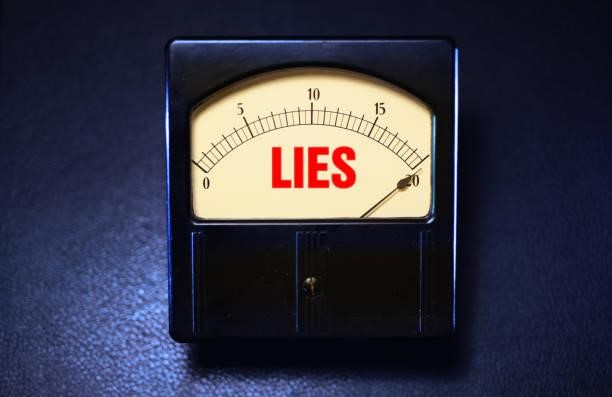
Arguments Against Admissibility
The biggest arguments against lie detector tests are the lack of conclusive scientific proof and the fact that most polygraph exams fall short of the Daubert standard. Critics argue that while polygraph questions may detect certain physiological indicators associated with deceit, their accuracy is highly questionable.
The U.S. government is a significant player in anti-polygraph crusades, holding that prosecutors are competent enough to gauge a defendant’s credibility with or without polygraph results.
Further, the government argues that even reliable lie detector tests wouldn’t “assist the trier of fact” set out under Rule 702.
Besides, there are legitimate concerns over jury bias and the potential for misusing lie detectors results in legal proceedings. The fact that most clients are unwilling to bear polygraph costs only fuels aversion to lie detector tests and their courtroom use.
Current Legal Landscape
Presently, about half of all US states partially permit polygraph test results, whereas the remaining half generally prohibits them.
Grounds for admissibility or prohibition vary considerably from state to state.
In most states that permit lie detector test results in court proceedings, both the prosecution and defense must agree to a polygraph test. Besides, the tests must be professionally administered by an accredited examiner.
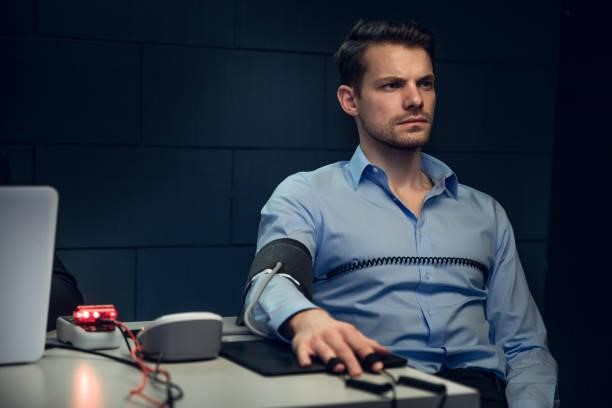
Conclusion
The legal admissibility of polygraph exam results continues to generate mixed feelings in the legal and scientific communities.
While legal precedents abound to support both schools of thought, the future of lie detector tests will be shaped by the emergence of definitive scientific proof confirming their reliability.

